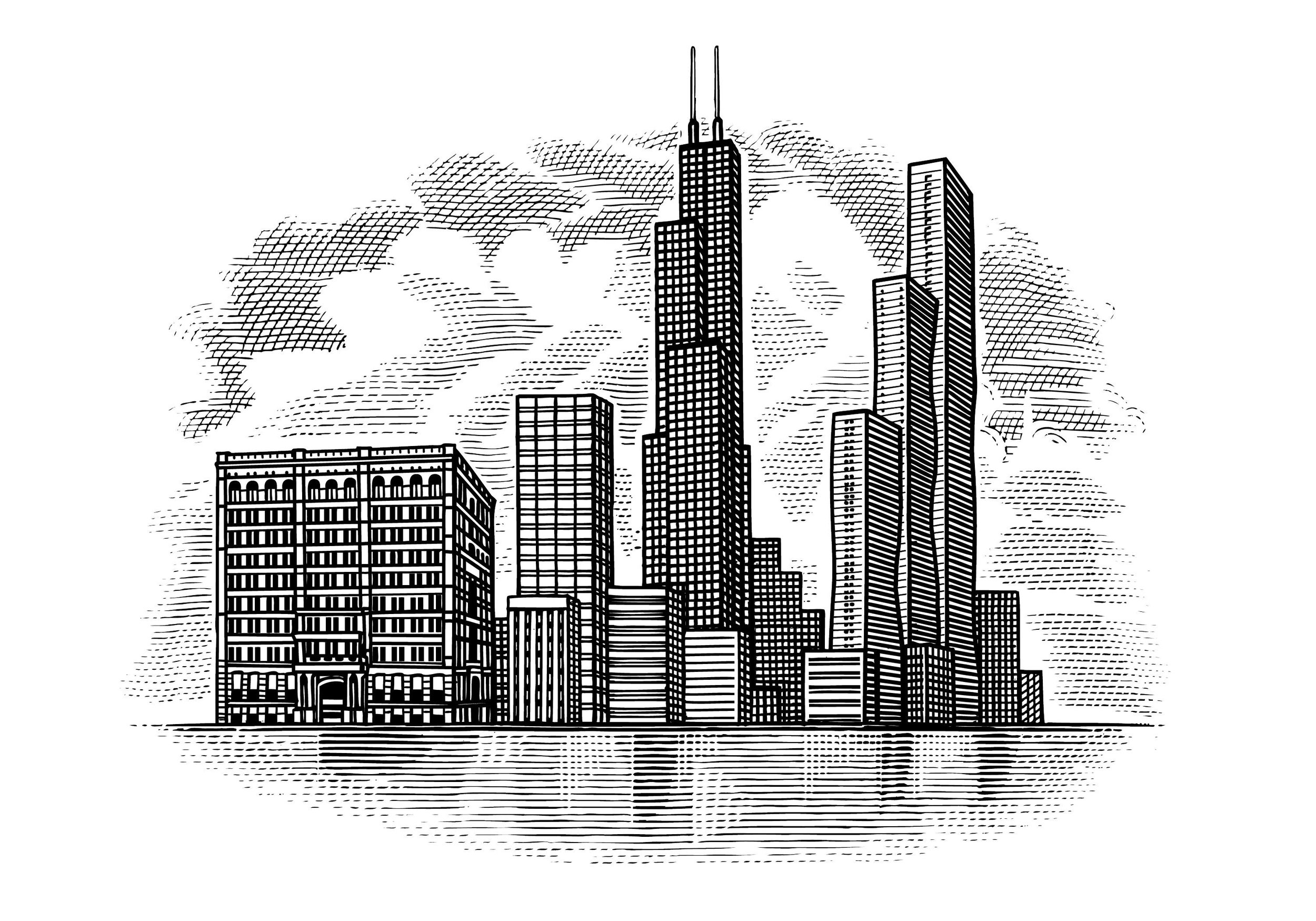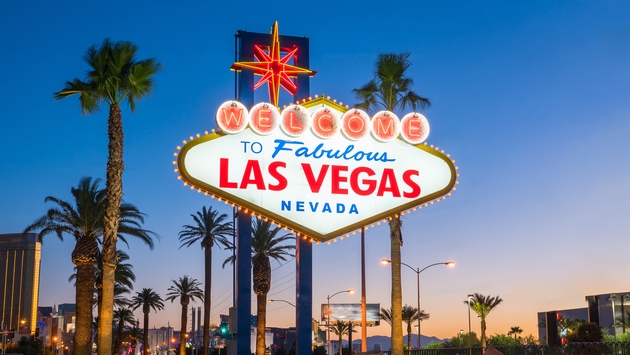The Other Land of Lincoln: Nevada and the Politics of Statehood
Photo by GettyImages
When and how a territory becomes a state is a political question, and has been throughout American history. Present-day advocates of Puerto Rico or D.C. statehood complain that Republicans oppose their putative states out of purely partisan reasons. Opponents of those would-be 51st stars in the flag complain that the statehood advocates’ motives are equally partisan, and that they only want what they want because it would add Democrats to Congress and the Electoral College.
Neither side is entirely wrong, but both are mistaken if they think that partisan fights over state admissions is a recent development. Before the Civil War, new states were balanced for a time to give equal votes in the Senate to free and slave states. After the war, many states of the mountain west were admitted when Republicans controlled the federal government because they anticipated that those states would favor their party. An exception was Utah, which at the time was Democratic-leaning, and had to wait until a Democrat was in the White House before it could join the union.
One of the more bizarre examples of this trend was Nevada’s admission as a state in 1864. Most Americans’ minds at the time were focused on the South as the Civil War raged on into its third year. Northern victories at Gettysburg and Vicksburg in 1863 had suggested that the conflict night be drawing to a close, but 1864 saw the Union effort stumble. Delays in the northern armies’ advance troubled President Abraham Lincoln, whose entire term of office had been consumed by the struggle to reunite the union and vanquish slavery.
Whether Lincoln would win a second term in the White House was an open question in 1864, especially as the war effort stalled. The longer the conflict dragged on, the more likely it was that Democrats—especially the Peace Democratic wing of the party—would be able to convince the voters that the war was unwinnable, and that they should give up and seek peace with the southern secessionists. The Democratic platform that year was explicitly for peace with the Confederacy, effectively putting the very existence of the United States of America on the ballot.
Faced with the demise of the Union, Lincoln and the Republicans looked for every advantage possible within the law. Union soldiers were encouraged to participate in absentee balloting, where states allowed it, and where it was not allowed, units from swing states were cycled home for a week to let the men vote in person. Republicans also saw an opportunity to scoop up three electoral votes through the admission of a new state: Nevada.
Illinoisans call their state the Land of Lincoln, but Nevadans could also claim a share of that title. Conquered in the Mexican War and only separated from Utah Territory in 1861, Nevada was small and remote. Exactly how small was a matter of some debate. The most recent federal census, compiled in 1860, showed the part of Utah that would later become Nevada as containing just 6,857 people. The territory had grown since then with the explosion of silver mining around Virginia City, but no one knew exactly how many had lit out for the territory. During the debate over statehood, estimates ranged from 30,000 to 45,000, well short of the traditional lower limit of 60,000. (In the 1870 census, it was revealed that there were 42,491 Nevadans, making it not only the least populous state in that year, but the smallest of any state that had ever been counted in any census to that point.)
Statehood was rushed through Congress, and so close was the timing that the state constitution was sent by telegraph to Washington for approval, as the would-be state’s legislators feared regular mail would be too slow. (At 15,000 words, it became the most expensive telegraph ever sent.) Congress acted quickly — so quickly that in neither chamber was the vote tally actually recorded. Lincoln proclaimed Nevada to be the 36th state on October 31, 1864.
Lincoln received Nevada’s electoral votes eight days later. As it turned out, he didn’t really need them. General William T. Sherman’s capture of Atlanta showed that the Confederacy was on its last legs, and support for the war increased. Lincoln clobbered Democrat George McClellan at the ballot box as badly as Robert E. Lee had done on the battlefield, piling up an Electoral College score of 212 to 21.
Nevada became a state, but it is interesting to imagine the alternate universe in which this did not happen. Imagine that the telegraph line broke and the State Constitution did not arrive in Washington in time. Or the vote was filibustered in the Senate by one Senator committed to the traditional population threshold. Lincoln’s election would have been unaffected, but when—if ever—would Nevada have become a state?
Many western states started out small and filled in later. Illinois had just 55,211 people in 1820, but its population nearly tripled over the next decade. Other new states had similar stories. But they had natural advantages that Nevada lacks. The states of the Midwest had fertile farmland that attracted waves of settlers from the East and overseas. The Pacific coast also had good soil in places, not to mention gold in California and fishing offshore.
Nevada is dry, and the silver vein that drew settlers there in the 1860s could not sustain a large workforce once the easiest-accessed parts were played out. Ranching supported a few people, but it is an industry that requires vast tracts of land and only a small population. Nevada’s population remained small over the next few decades: up to 62,266 in 1880, then down to 47,355 in 1890 and shrinking again to just 42,335 in 1900.
Some new mining discoveries brought the population up to 81,875 in 1910, but Nevada was still far behind not only other states but even the other nearby territories of Arizona and New Mexico, which would become states in a few years, themselves. By 1920, Nevada’s population receded to 77,407, less than half of that of the next smallest state, Wyoming. In 1930, the state’s population sat at 91,058 and the Great Depression had not helped its economy attract anyone else.
We know what happened next. In 1931, the state legislature legalized gambling and reduced the residency requirement for a divorce to six weeks. Granting people’s counter-cultural wishes looked like a stop-gap measure at the time, but it would turn out to build a new economy for the Silver State. Today, Nevada is one of the fastest-growing states and ranks thirty-fifth out of the fifty in population.
Left: a combined Utah-Nevada territory. Right: the progression of Nevada’s state boundaries. | Maps courtesy Kyle Sammin
But imagine that it had never been rushed to statehood in 1864. Once statehood is granted, it can never be revoked without the permission of Congress and the legislature of the state in question--something no state legislature is likely to grant. But territorial borders can be moved around at Congress’s whim. Even after statehood, Nevada’s boundaries were expanded by pieces broken off of Utah Territory and Arizona Territory (the original boundaries of the state of Nevada did not contain Las Vegas or Henderson, currently its two largest cities).
With that in mind, it is easy to imagine Congress looking at the miniscule population of Nevada Territory and deciding to fold it back into Utah and Arizona. Most of the territory would have followed Utah into statehood in 1896, the bottom portion joining Arizona as the 48th star in the American flag in 1912.
The changes to the region in that scenario go well beyond lines on a map. With Reno run by the majority-Mormon state of Utah, the likelihood of building an economy based on divorce and gambling is slim. Northern Nevada would have continued to employ miners, ranchers, and railroad workers, though it is likely that Lake Tahoe’s natural beauty would have still attracted some tourists, just as Utah’s Zion National Park does today.
In the southern corner of the state, the changes would have been even more dramatic. Reno and Carson City had decades of history behind them when Utah became a state, but Las Vegas was not even founded until 1905 when a station on the San Pedro, Los Angeles & Salt Lake Railroad opened there. Some town would have arisen in the spot, but without legalized gambling in 1931, it would more likely have resembled someplace like nearby Needles, California: a desert outpost with a small but stable population. Legal gambling would have come to America eventually, but there is no reason to believe it would have been centered on a sleepy Mormon town in the desert.
It is common to hear today that state boundaries are arbitrary and meaningless. People say that Chicagoans have more in common with people in Milwaukee than those in Springfield, and the states are relics of the past. But a look at Nevada’s history tells us otherwise. Without the worry over Lincoln’s re-election, Nevada would never have become a state. When its population failed to grow after the war, it would almost certainly have been divided up among more viable territories. Without Lincoln, there is no Las Vegas Strip, no Oceans 11, and, indeed, no Nevada.
Kyle Sammin is a lawyer and writer from Pennsylvania



